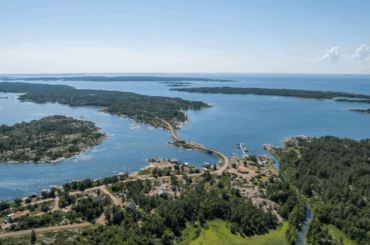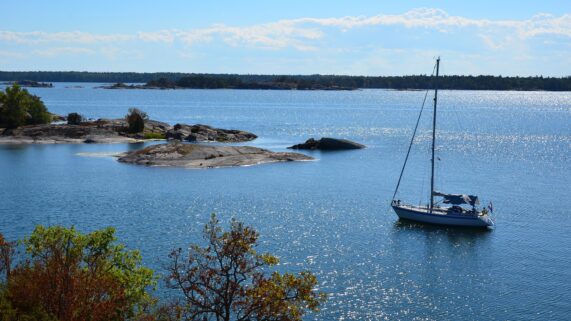Översikt aktuellt
Här hittar du en översikt av nyheter, evenemang och aktuella projekt.
Senaste nyheterna
Seminarier och Evenemang

Välkommen på Workshop i Nagu den 4 juni!Klimatförändringen påverkar ä...

